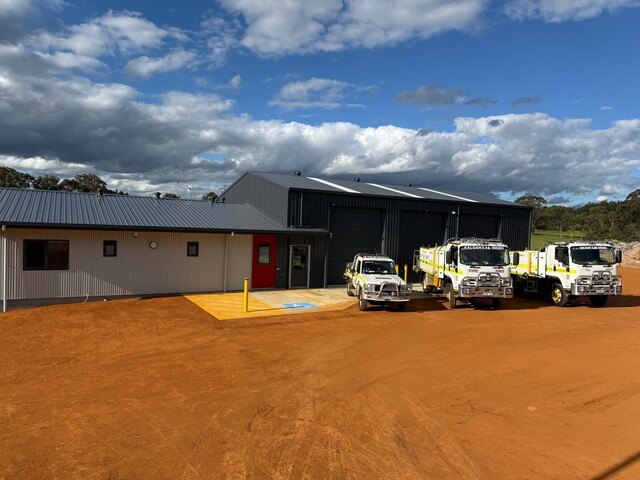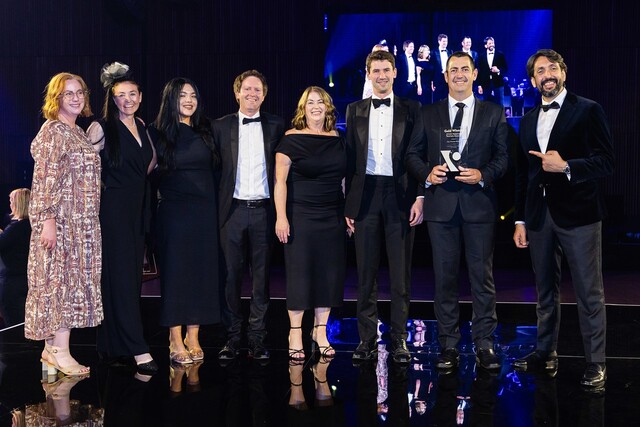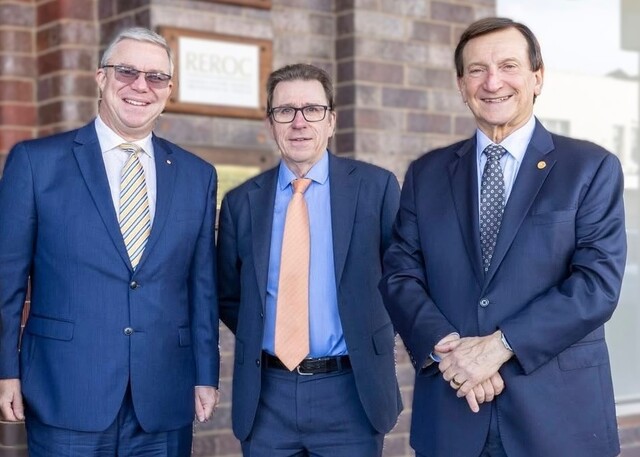Issue 22 of the Urban Futures journal was very well received. The National Office of Local Government (NOLG) received many inquiries regarding distribution from the journal review featured in the August issue of A National Perspective. Issue 23 is now available.
This extremely interesting issue features several articles and a book review relating to the theme of ‘community’ and social belonging. The theory of ‘social capital’ is a concept receiving considerable attention in social literature and some sectors of the media. Carmen Sirianni and Lewis Friedland of the Civic Practices Network suggest that social capital ‘refers to those stocks of social trust, norms and networks that people can draw upon to solve common problems.’
It is considered that social capital is generated through networks of social and civic engagement, such as sporting and social clubs, voluntary service organisation (eg Rotary, Apex, Bush Fire Brigades) neighbourhood or school associations (Neighbourhood Watch, P&C), cooperatives etc. The greater the existence of such networks the stronger the community connectedness and the greater the likelihood that members of a community will cooperate for mutual benefit.
One article is derived from a paper prepared by the Department of Social Security for the ‘Beyond Dependency’ Conference held in Auckland, New Zealand in May 1997. It provides an overview of the Community Research Project (CRP) and raises issues regarding the debate about the nature of social provision and the development of social networks and mutually productive relationships between people on low incomes and the wider community.
It makes particular references to the systemic nature of living standards, structures and processes which enhance the generation of social capital and opportunities for greater self help, self reliance and improved well being. It is often assumed that those who move into new urban developments on the urban fringe do so because they can’t afford to live elsewhere.
There is frequently a perception that such residents endure deprivation from amenities, family and friends and suffer feelings of social isolation.
The article ‘Satisfaction and community in a new urban development’ reports on a study of the Woodcroft Development Area in Adelaide which examines the perceived quality of life of residents in a developing urban fringe development with an association to the theme of social networks and mutually productive relationships.
The issue is given an international perspective in an examination of the legacy of the British Urban Development Corporation (UDC) and the Docklands redevelopment. The article reviews the performance of UDCs in the United Kingdom in regard to urban renewal and regeneration and considers what lessons planners, particularly in Australia, can learn from experiences overseas.
NOLG invites you to obtain a copy of Urban Futures and trusts you enjoy the publication. Subscriptions are free. Issue 24 is expected to be released in January 1998. Contributions for articles for future issues are welcomed.
Queries regarding Urban Futures can be directed to Lorraine Walker, National Office of Local Government. Telephone: (02) 6274 8134 Fax: (02) 6274 8155 or email nolg@email.dot.gov.au







